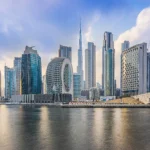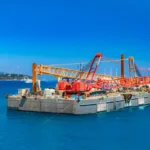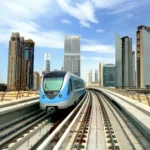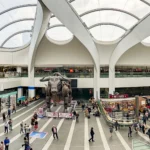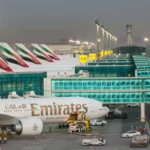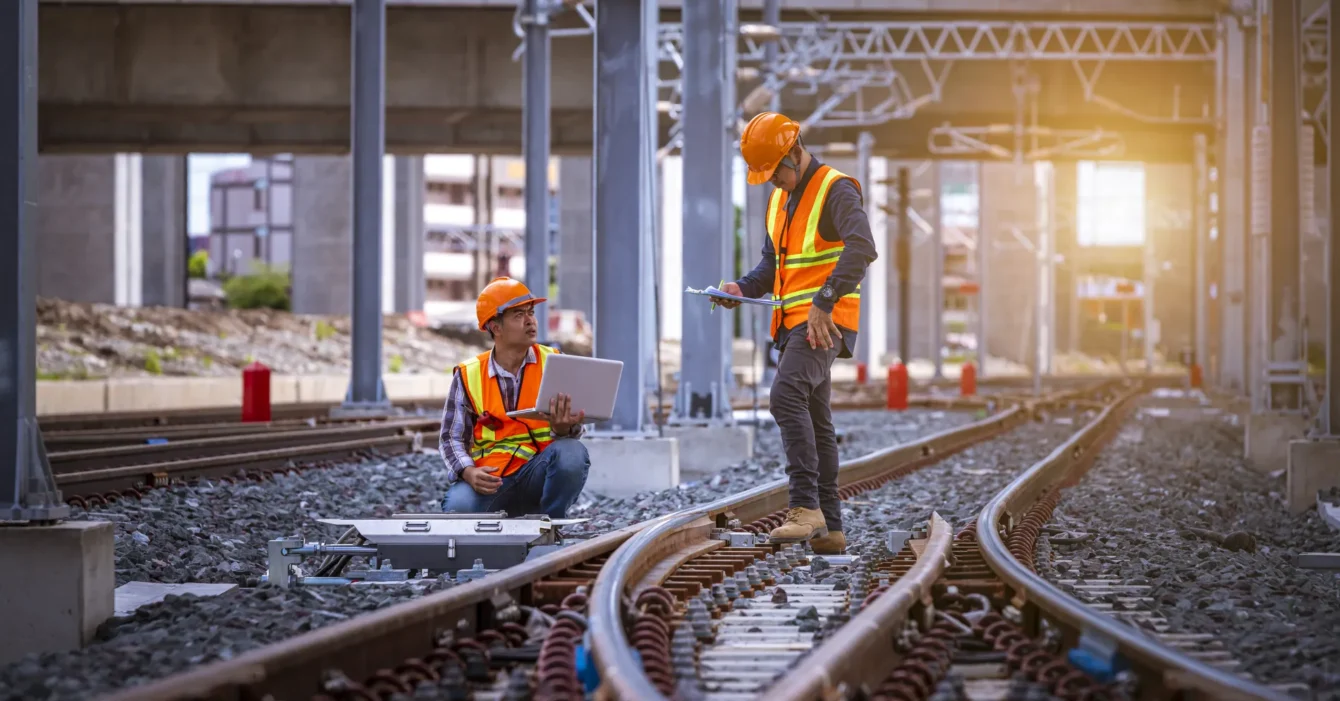
Rail and Transit
Rail and transit systems are at the forefront of modern transportation, offering a sustainable and efficient solution to the growing challenges of urbanisation and environmental impact. As the world moves towards a greener future, these systems play a critical role in reducing carbon emissions, easing traffic congestion, and minimising dependence on fossil fuels.
Key benefits of rail and transit systems:
- Environmental sustainability: Rail systems have a significantly lower carbon footprint compared to road transport, helping to combat climate change by reducing greenhouse gas emissions.
- Energy efficiency: Electric-powered railways and transit networks are far more energy-efficient, transporting large numbers of passengers or freight while using less energy per unit than traditional vehicles.
- Enhanced mobility: By connecting urban centres, suburban areas, and remote locations, rail and transit systems offer greater mobility, easing access to employment, education, and essential services for millions of people.
- Economic development: Rail infrastructure stimulates economic growth by creating jobs, boosting local economies, and facilitating the efficient movement of goods and services.
- Reduced congestion: Shifting reliance from personal vehicles to mass transit systems alleviates road congestion, improving traffic flow and reducing travel times in densely populated areas.
- Social benefits: Public transport provides a reliable and affordable alternative to private vehicle ownership, increasing accessibility and supporting more inclusive, connected communities.
Engineering excellence in railway infrastructure
Whether it’s the construction of a new underground metro, a multi-region high-speed rail line, or an automated people mover designed to streamline short-distance transit, railway infrastructure poses unique design and engineering challenges. Each project must balance complex technical requirements with the need for safety, sustainability, and efficiency.
Railway systems involve intricate coordination between civil, structural, and geotechnical engineering, as well as cutting-edge technology integration for signalling, automation, and communication systems. Beyond the technical aspects, considerations such as environmental impact, long-term durability, and passenger experience must be addressed in the design and construction phases.
We specialise in overcoming these challenges, providing innovative solutions that enhance the efficiency, reliability, and sustainability of rail systems, whether for local transit networks or large-scale national infrastructures. We are committed to helping cities and governments implement state-of-the-art rail and transit solutions that not only meet today’s challenges but also contribute to a cleaner, greener, and more connected future.
